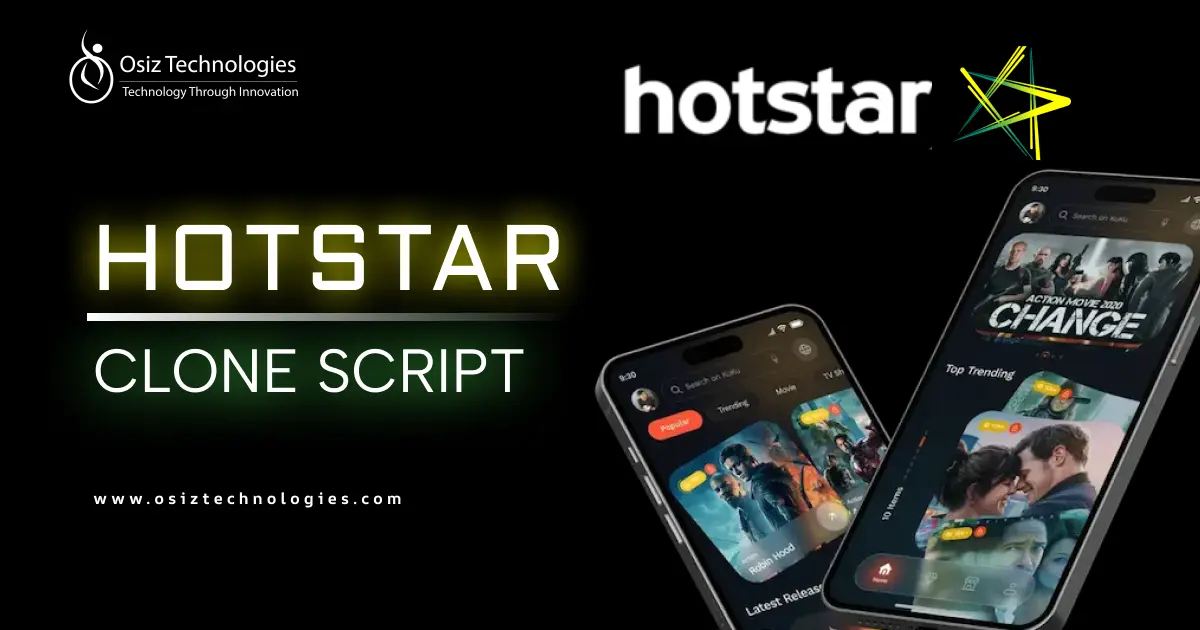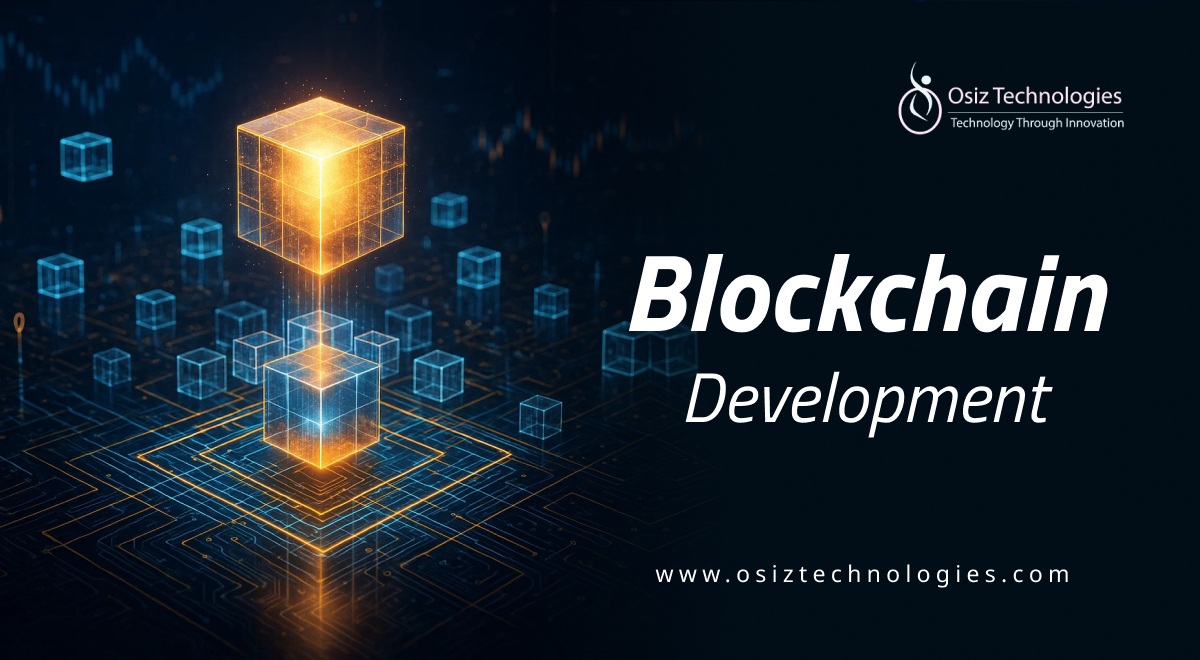An effectual and secure document management system is a requirement of today's digital world. Most traditional methods are associated with issues of security, transparency, and accessibility. In contrast, blockchain development services bring a certain potential for being transformative to document management systems. Therefore, this detailed guide envisions how Blockchain technology intersects with Document Management: Advantages, Difficulties, and Practical Applications.
Understanding Blockchain Technology
Before dwelling on the aspects of blockchain technology in document management, here is how the system works: A decentralized, distributed ledger system, recording transactions across a network of computers. All transactions are recorded in "blocks," which are then sequentially linked to form a chain. The unique features of blockchain are its immutability, transparency, and security characteristics.
Benefits of Blockchain in Document Management
Immutability:
After being recorded on a blockchain, a document becomes immutable-this means that it cannot be changed or tampered with. Thereby, this establishes the integrity and authenticity of documents, reducing the risk of fraud and manipulation.
Transparency and Traceability:
The transparent architecture of blockchain makes it such that all parties view the same history of transactions from document creation to reviews and sharing. Thus, building trust among stakeholders in support of efficient auditing.
Better Security:
Unlike the traditional document management system, blockchain employs such cryptographic techniques and decentralized storage to ensure value addition in terms of security from data breaches and cyber-attacks, hence protecting sensitive documents from unauthorized access and changes.
Lower Costs and Efficiency:
In the case of document management, blockchain can reduce paperwork and intermediaries, hence cost savings and operational efficiency.
Global Accessibility:
Blockchain enables real-time document access and sharing across multiple geographies, breaking barriers to collaboration and decision-making.
Real-World Applications
Blockchain technology is making a lot of difference in various industries, including document management. Here are some practical applications of the technology in industries:
Supply Chain Management:
Blockchain brings transparency and security to the traceability of documents like product certifications, invoices, shipping records, etc., throughout the supply chain. This will reduce fraud and verify authenticity.
Intellectual Property Rights:
Blockchain will timestamp and authenticate the intellectual property documents for creators and innovators with patents, copyrights, trademarks, and other IP rights.
Healthcare Records Management:
Blockchain will enable the sharing of EHRs between different healthcare providers in an interoperable and secure manner with advanced data integrity, ensuring privacy protection for patients and care coordination.
Legal and Regulatory Compliance:
The blockchain system facilitates compliance in easier ways by secure storage and timestamping of regulatory documents, contracts, audit trails, etc., reducing thereby legal disputes and related costs.
Academic Credentials Verification:
Blockchain can offer an immutable means of verification of academic credentials, diplomas, and certificates, thereby increasing credibility and giving less room to credential fraud in the educational sector.
Key Considerations
Although this technology is rather powerful when it comes to document management, it also has a good deal of challenges and considerations to use, such as scalability.
At the moment, blockchain networks face problems in scaling to accommodate a large number of documents and transactions. Research into innovations like sharding and layer-2 solutions is going on for better scalability.
Regulation and Compliance:
The regulatory landscape varies greatly across jurisdictions for blockchain and document management. For more widespread adoption, adhering to data protection regulations like GDPR is important.
Interoperability:
Integration with various blockchain platforms and legacy systems is not easy. Standards and protocols would have to be developed to have ease of integration and sharing of data.
Privacy of Data:
While blockchain strengthens security, data privacy remains an issue. Privacy-preserving techniques can be leveraged, like zero-knowledge proofs, in solving privacy problems related to public blockchains.
User Adoption:
The complexity of blockchain technology might be a hindrance to its wide adoption, mostly by non-technical users. Creating user-friendly interfaces and making education available is a way to achieve large-scale acceptance.
Conclusion
The huge potential for blockchain technology in revolutionizing document management relates to security, transparency, and efficiency. On the other hand, issues such as scalability and regulatory compliance make its real-world application a bit challenging. As continuous research and innovation keep on pushing its adoption forward. The future of document management will be more decentralized, transparent, and secure, with more organizations integrating blockchain-based solutions. This innovative technology can unleash new opportunities for innovation and value creation in a digital world. If you want to get started with a blockchain-based document management project, partner with Osiz, a leading Blockchain Development Company. Connect with our experienced blockchain developers and set out on your journey.
Listen To The Article
Recent Blogs

Black Friday 30%
Offer












